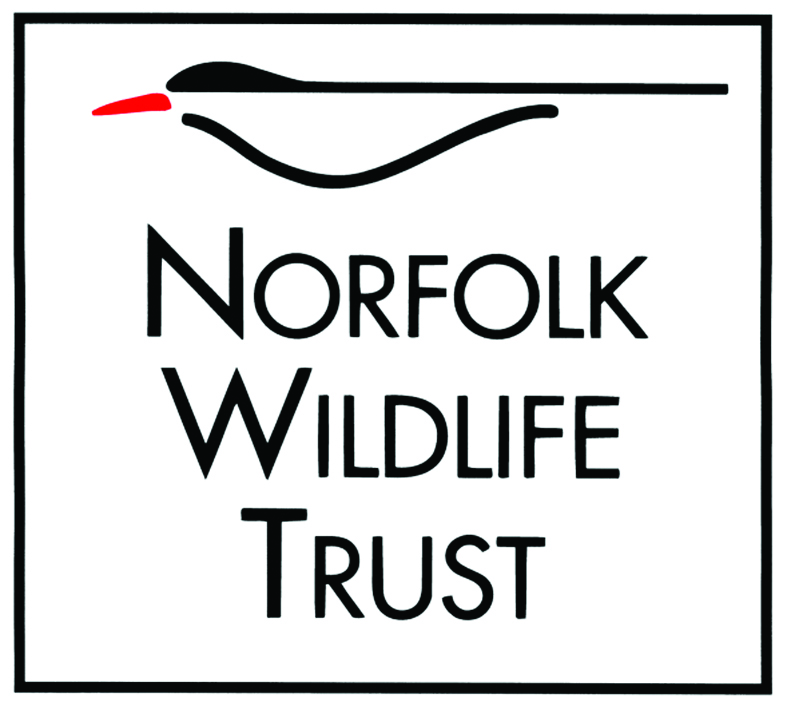Search
Search
Winter wildlife on the North Norfolk coast
The beautiful North Norfolk coast is an internationally important winter refuge for wildlife, and a visit this time of year can be an inspiring experience says Norfolk Wildlife Trust Reserves…
Norfolk's wildlife in November
What is a 'rare' bird? Our Reserves Officer reflects on some exciting Norfolk visitors, and gives his top tip for the month ahead.
Global technology company in Diss invests in Norfolk's wildlife
One of the largest employers in South Norfolk has shown its support for Norfolk's nature by joining Norfolk Wildlife Trust's corporate members scheme this month.
Wildlife
Wildlife FAQs
Wildlife consultancy
Norfolk Wildlife Trust travels back to the Ice Age to support wildlife
Norfolk Wildlife Trust excavates rare 'ghost pingo' ponds dating back to the Ice Age to restore wildlife-rich habitat to Norfolk.
Thank you - Investors in Wildlife
Wildlife of the night
Join ornithologist Carl Chapman on a night walk to seek out the wildlife on the heaths.
Rare bird breeding success tops the bill for Norfolk Wildlife Trust
Spoonbill have bred successfully for the second year running at NWT Hickling Broad and Marshes, providing hope of establishing a future breeding colony of these distinctive rare birds.
